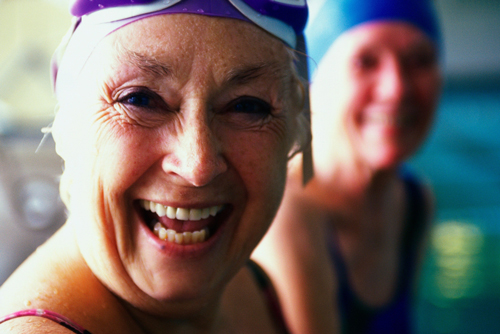
Overactive bladder and involuntary loss of bladder control aff ect more than 25 million Americans—men and women alike, young or old. Individuals who experience these conditions often feel ashamed, depressed and socially isolated.
A bladder that leaks involuntarily is not a normal process of aging and is sometimes caused by other medical factors. While many treatment modalities, such as drug therapy, electrostimulation, medical devices, injectable bulking agents and local estrogen therapy, can help people control their bladders, a 2008 study published in the Annals of Internal Medicine reported that physical therapy can help control, alleviate and often eliminate the embarrassing symptoms of this condition in women.
Prior to designing an exercise program specifi c to your needs, we can evaluate and determine the type of incontinence (stress, urge or both) and then focus on the degree of problems you have experienced. We will then work with you to perform exercises, including the Kegel exercise, to strengthen the pelvic floor. You will be advised to stop the ow of urine midstream and then focus on contracting the muscles that accomplish that task. The Kegel exercise should be performed several times each day, with a gradual increase to 10 repetitions each time. You should evaluate your technique when doing the exercise because improper technique can result in poor results for incontinence patients, and evaluation di ffers for men and women.
We can also help you retrain your bladder by keeping a journal indicating when urination occurred, when the need to urinate was felt and when accidents happened. You will develop a schedule to visit the bathroom at timed intervals throughout the day, triggering a stimulus to help to train the leakage.
Diet also plays an important role in controlling incontinence. For instance, alcohol and caff einated beverages, chocolate and acidic fruits stimulate the bladder, causing it to release more urine. We may recommend changes in your diet, depending on the type of incontinence, its severity, and your age and health status.
We will be glad to evaluate your incontinence problems and develop a program to help manage your symptoms. We can also provide you with instructions to properly perform all exercises to recondition your bladder. Our professional guidance can help you to reduce and control this vexing problem and improve your quality of life.

















